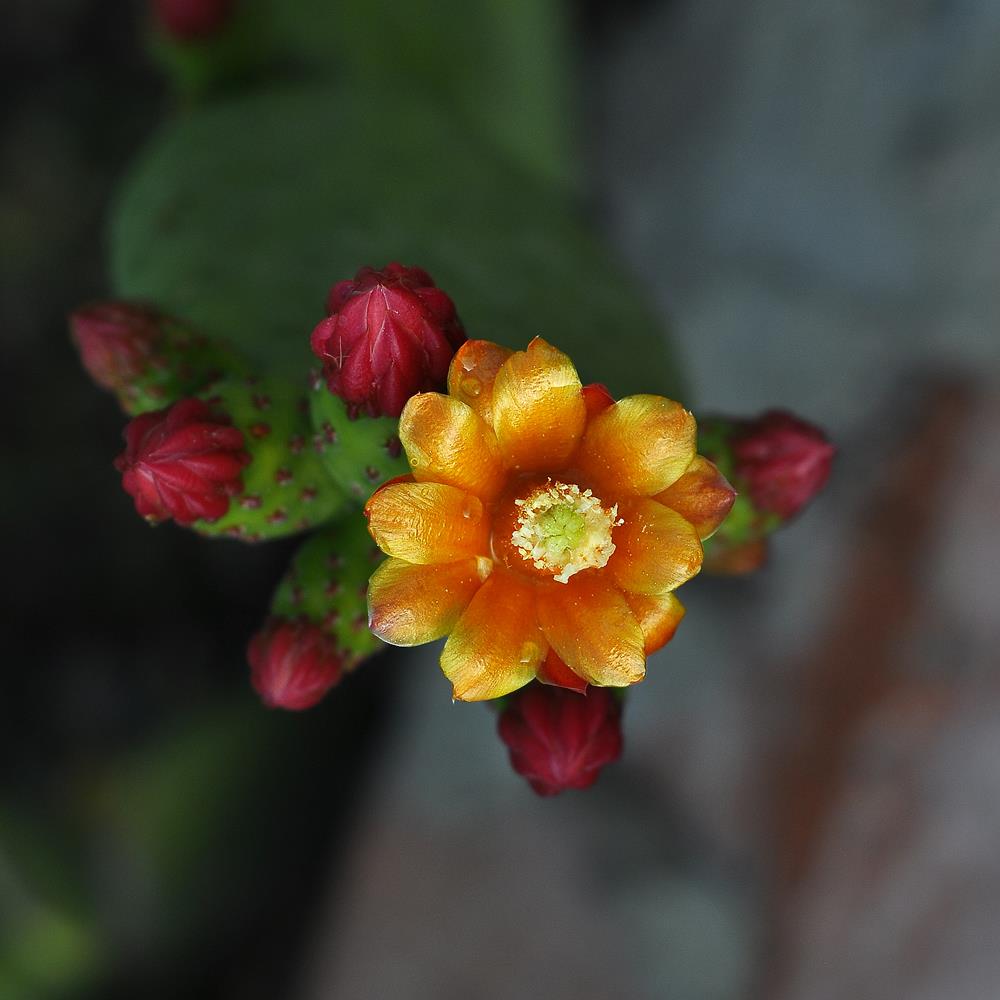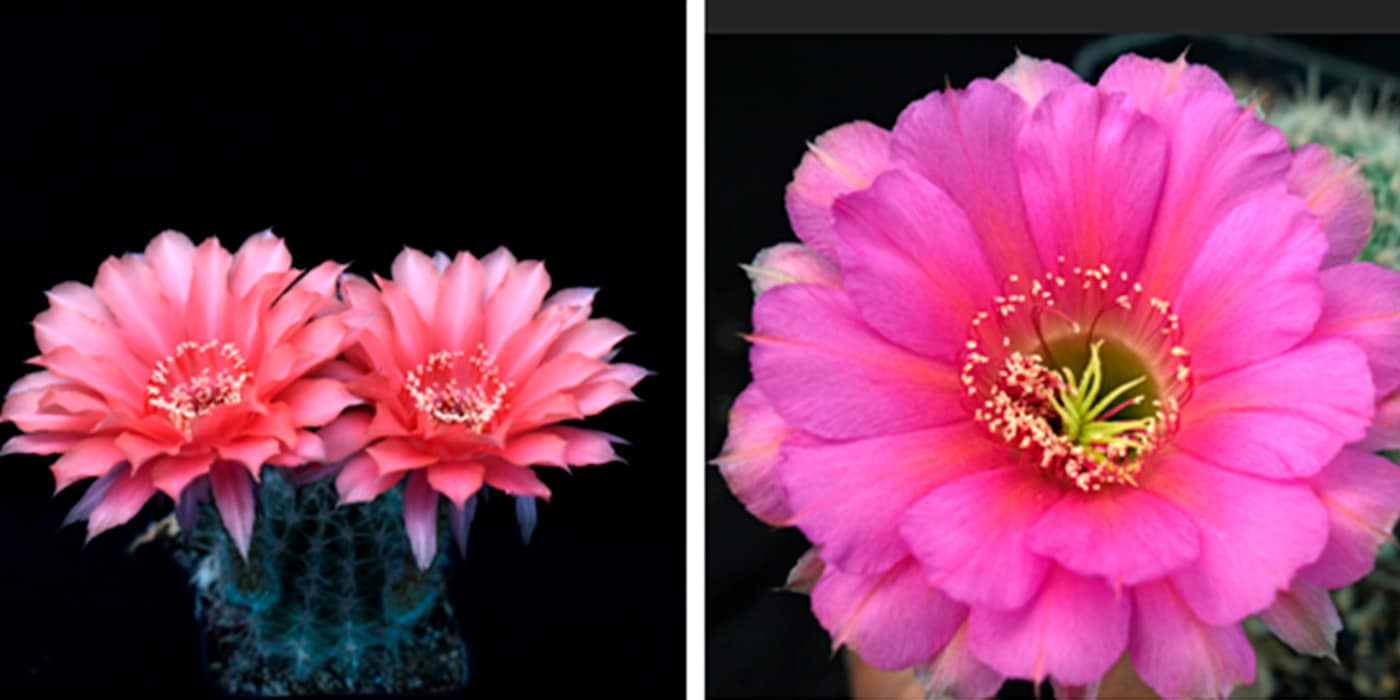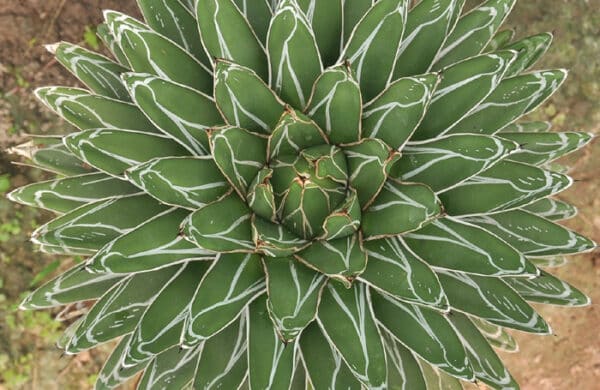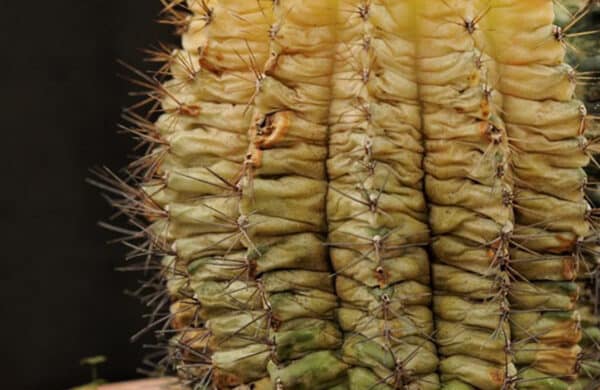The Pros and Cons of Grafted Cactus vs. Own Root Cactus
A frequent question arises: “Are grafts good?” The answer varies with perspective. Grafted cactus can be invaluable, especially if done on the correct root stock. Let’s delve into the nuances from a grower’s viewpoint without drawing black-and-white conclusions.
Grafting: This is the vegetative joining of two plants without any genetic mixing. For grafted cactus, the goal is to connect the vascular bundles of two cacti, enabling the efficient transfer of nutrients and water. A well-established root stock supports a tiny piece of the desired plant, or scion, to propagate successfully and thrive. Proper execution ensures no fungal or bacterial infections at the graft site.
Why Graft Cactus?
- Grafted cactus enables rapid propagation using small plant segments.
- It salvages infected plants, using unaffected tissue to create new life.
- Grafted cactus grows quickly, matures early, and blooms more prolifically compared to an own root cactus.
- Variegated plants, which lack chlorophyll, benefit significantly from grafting.
Highlights like Lobivia, Rebutia, Echinopsis, and Trichocerous exhibit impressive flowering when grafted. Their wonder flowers offer substantial aesthetic and breeding advantages.

Some argue that grafted plants compromise beauty by elevating the scion, but this is subjective. Options like short-stock grafting or carefully hidden stocks can maintain a natural appearance. However, proper selection and handling ensure grafted cactus remains vibrant and appealing.
Grafting Techniques and Stock Selection
Diverse root stocks influence the longevity and aesthetics of grafted cactus:
- Myrtillocactus geometrizans and Harrisia jusbertii are reliable choices, conducive to various climates, ensuring long-lasting grafts.
- Acanthocerous sp. is a fast-growing root stock, although it presents challenges in certain climates.
- Lemaireocereus pruinosus and Hylocereus undatus offer diverse properties suitable for different conditions but require specific climate considerations for optimal performance.
Addressing Climate and Disease
Different regions pose unique challenges to graft cactus. Understanding the climate and choosing the right stock, like Myrtillocactus geometrizans, ensures resilience across conditions. Disease resistance varies among stocks such as Harrisia jusbertii, renowned for its durability.

De-grafting and Rooting
Successfully transitioning from grafted to own root cactus involves careful de-grafting and establishing new roots. The appropriate medium supports the formation of fibrous roots, which enhance plant stability and growth.
In summary, while opinions on grafted cactus vary, they offer substantial value when paired with the correct root stock. Whether choosing grafted cactus for rapid growth or opting for the unique flowers of Lobivia, Rebutia, Echinopsis, or Trichocerous, understanding the grafting process enriches your growing experience. Consider the potential benefits as you decide to buy grafted cactus or nurture your own-root versions, celebrating the diverse possibilities of this fascinating gardening practice.





